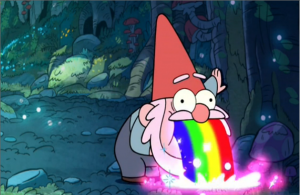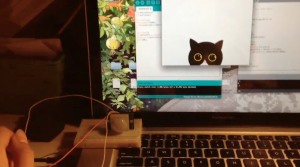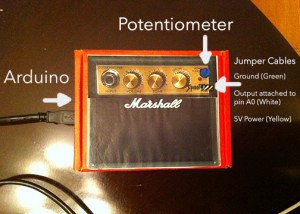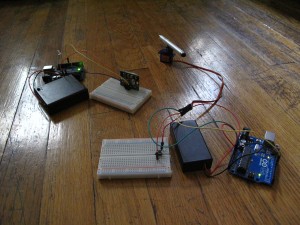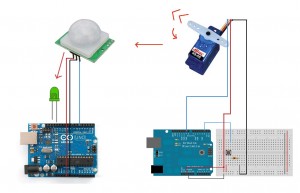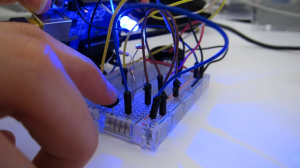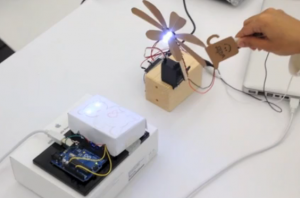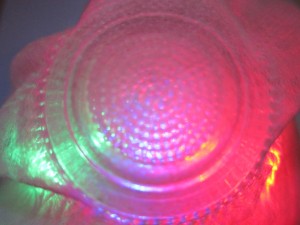Assignment for 12/11
Here is a link to the post with the slides and here is your homework. For next Tuesday, you may either,
1) Make one app that uses a class and addon.
2) Make one app that uses a class. Make another app that uses an addon.
You may use example code, but you must significantly modify it. As a gauge, significantly modify means either hack it on a technical level OR completely change the look and feel (think transparency + cat .pngs). If you do this, include documentation of the original code/app (and don’t forget to cite it!).
As we discussed in class, next session will shareout homework then have a final project work session. It is important that everyone be there even though this is a work session. I will meet with each of you individually to discuss your progress and any scoping/technical/conceptual issues.
Even though it may not feel like it, this is what you are actually doing:
